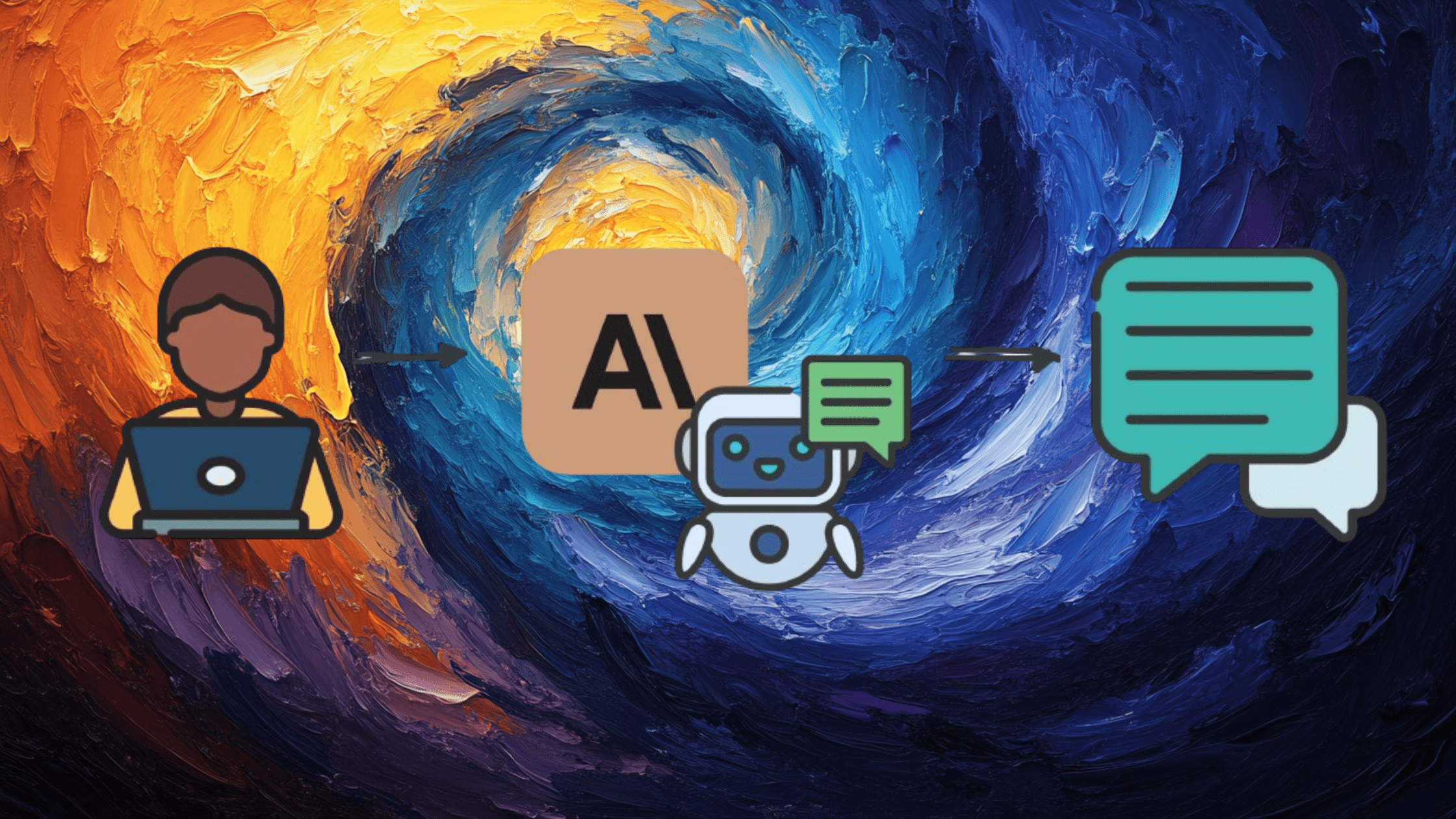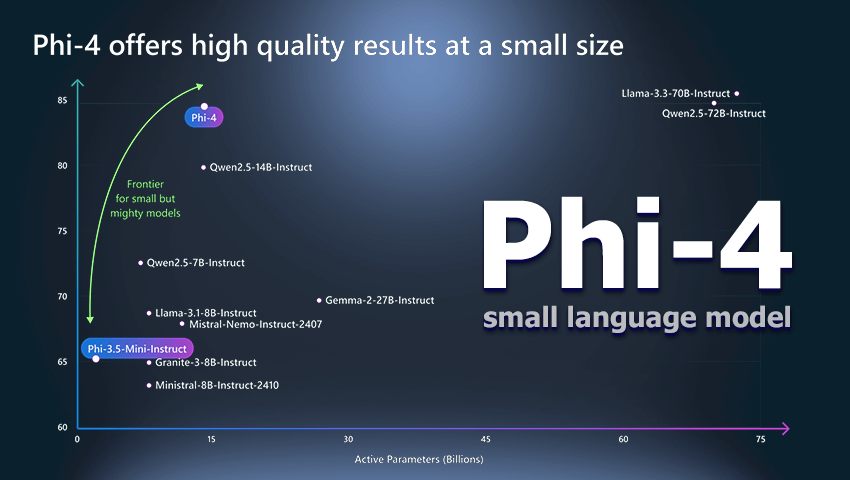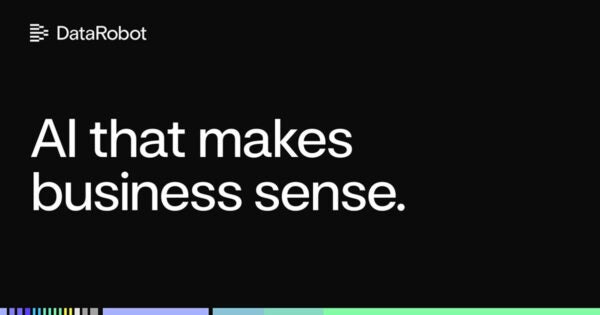Democratizing AI: Implementing a Multimodal LLM-Based Multi-Agent System with No-Code Platforms for Business Automation
Adopting advanced AI technologies, including Multi-Agent Systems (MAS) powered by LLMs, presents significant challenges for organizations due to high technical complexity and implementation costs. No-Code platforms have emerged as a promising solution, enabling the development of AI systems without requiring programming expertise. These platforms lower barriers to AI adoption, allowing even non-technical users to leverage […] The post Democratizing AI: Implementing a Multimodal LLM-Based Multi-Agent System with No-Code Platforms for Business Automation appeared first on MarkTechPost.



Adopting advanced AI technologies, including Multi-Agent Systems (MAS) powered by LLMs, presents significant challenges for organizations due to high technical complexity and implementation costs. No-Code platforms have emerged as a promising solution, enabling the development of AI systems without requiring programming expertise. These platforms lower barriers to AI adoption, allowing even non-technical users to leverage AI tools efficiently. By 2025, nearly 70% of applications are projected to utilize Low-Code or No-Code platforms, showcasing their growing role in democratizing AI technologies. Additionally, LLMs have proven transformative in various applications, including generative AI, which creates new content like text, images, and videos, and multimodal AI, which integrates diverse data forms for tasks such as image recognition and cross-modal retrieval.
The development of LLM-based MAS has further advanced AI’s capabilities by enabling multiple autonomous agents to collaborate on complex tasks through natural language interactions. These systems integrate specialized agents that process data from different modalities, manage temporal and spatial relationships, and coordinate task allocation. Adopting multimodal learning techniques, such as embedding spaces and cross-attention mechanisms, enhances understanding of diverse data types, enabling tasks like image-to-text transformation and cross-modal search. These advancements make AI systems more flexible, efficient, and accessible, driving innovation in enterprise environments while addressing implementation challenges.
Researchers from SAMSUNG SDS, Seoul, developed a multimodal LLM-based MAS using No-Code platforms to simplify AI integration into business processes without requiring professional developers. The system, built using tools like Flowise, integrates Multimodal LLMs, image generation with Stable Diffusion, and RAG-based MAS. Evaluated through use cases like image-based code generation and Q&A systems, it highlights collaborative agent synergies. The study emphasizes technical implementation, business applicability, and performance evaluation, showcasing improved efficiency and accessibility for non-experts and SMEs. The research offers a scalable methodology for AI adoption, reducing manual tasks and advancing the practical use of MAS across industries.
Implementing a multimodal LLM-based MAS using the Flowise platform involves setting it up in the cloud, securely managing API keys, and integrating external services like OpenAI and Stable Diffusion. A hybrid relational and NoSQL database system efficiently handles structured and unstructured data. Agents for Image Analysis, RAG Search, Image Generation, and Video Generation process input types, such as text, images, and audio, to produce corresponding outputs like text, photos, and videos. These agents are integrated into a unified workflow with a web-based user interface for seamless functionality and real-time input processing.
The study discusses the implementation and results of a multimodal MAS, focusing on various use cases like image analysis, code generation, RAG-based search, image generation, and video generation. The system processes incomplete code images, generates code through agent collaboration, and reviews it for quality. RAG search agents retrieve answers from RAG knowledge and external sources when needed. The image-generation agents create visuals from text descriptions or sketches, while the video-generation agents produce videos based on textual or image inputs. Integrating these agents into a unified system enables seamless user interaction and execution of tasks.
In conclusion, The study presents a multimodal LLM-based MAS built using a No-Code platform, Flowise, to simplify AI adoption in enterprises. It demonstrates the system’s effectiveness in automating tasks like code generation, image and video creation, and RAG-based query responses, reducing the need for specialized development teams. The research highlights the practical benefits of AI in business, such as improving efficiency and content generation. It also offers a novel methodology for integrating multimodal data with No-Code platforms, though it acknowledges limitations in customization, data handling, and agent communication that require further refinement.
Check out the Paper. All credit for this research goes to the researchers of this project. Also, don’t forget to follow us on Twitter and join our Telegram Channel and LinkedIn Group. Don’t Forget to join our 60k+ ML SubReddit.





















